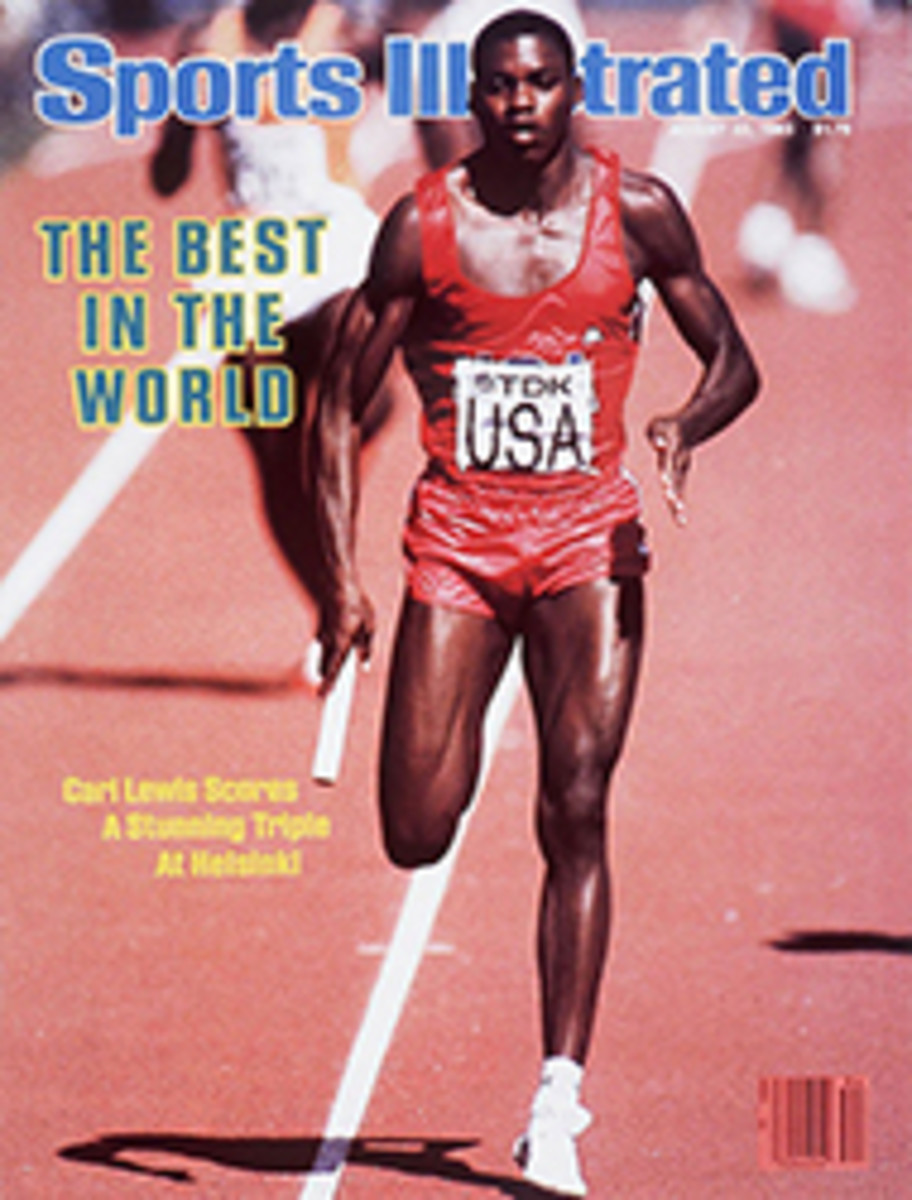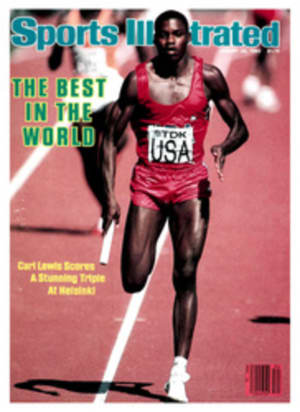
LETTER FROM THE PUBLISHER
It's August, and everyone at SI knows where Senior Writer William Leggett is. Contrary to what Thomas Wolfe said, Leggett can and does go home again, every year. In his case home is Saratoga Springs, N.Y., where each August the New York Racing Association conducts its thoroughbred meet at what is probably the most beautiful racetrack in America. The premier event of the Saratoga meet is the Travers, the oldest continuously run stakes race in America, and for Leggett's story on the 114th Travers, turn to page 66.
Leggett was born six blocks from the racetrack, and he says, "Around there you talked horses, whether you were a bettor or not. You had to follow them. If you didn't, it would be like living in Cooperstown and not knowing who Babe Ruth was."
Leggett has been going to the races for a long time, although it didn't run in the family. His father, Elmer, worked for the phone company and visited the Saratoga track in the course of his rounds, but "I don't remember him ever betting on a horse," Leggett says. His mother, Helen, has never gone to a racetrack in her life. So much for breeding.
The first time Leggett went to the Saratoga track, he was six years old. He sneaked under a fence. Leggett can't remember how many Travers he's attended, but he clearly recalls the first one. It was 1941, Leggett was nine years old and, as usual, he sneaked into the track. That day he saw Triple Crown winner Whirlaway score a historic victory. "The best Travers I ever saw," Leggett says, "was in 1962 when Jaipur and Ridan hooked for 1¾ miles, and at the finish they were so close, you couldn't tell who won." (Jaipur did.)
By the time Leggett was 16, he was practicing writing during his summers for the Glens Falls, N.Y. Post-Star. He had a mind-boggling schedule. Starting at 7 a.m. he cleaned and swept the Saratoga harness track and then worked on the garbage truck. At 11 he'd bicycle over to the thoroughbred track, park cars until 2, then cover the races for the paper. At 8 p.m. it was back to the harness track to cover the trotters and work for Western Union, sending race results to seven different papers. Sunday afternoons he wrote a horse racing feature for the now-defunct evening Glens Falls Times. "I had to put my story on the 6:30 p.m. bus to Glens Falls," he says, "so it would make the Monday edition. That bus-was never on time."
During this hectic period Leggett acquired a mentor, humorist Frank Sullivan, another native Saratogan, who was a regular contributor to The New Yorker. Sullivan would read Leggett's stories and, at the end of the week, critique them. When Leggett went off to Seton Hall University in South Orange, N.J., he and Sullivan started to correspond and continued to do so until Sullivan's death in 1976. "He used to write in bed with his typewriter on his lap," Leggett says. His letters were always three pages long, never two and never four. They were hysterically funny, and I know it never took him more than five minutes to tap them out." Leggett, who has a tendency to exaggerate, claims he once needed four hours just to write a funny first paragraph in return. It was a long and happy association for Leggett, who, through Sullivan, met people like Harold Ross and John Cheever.
When Leggett's not in residence at Saratoga, he lives in Flushing, NY., a short drive from both Aqueduct and Belmont Park. But, he says, there's no place like home.
PHOTO
LEGGETT: IF IT'S AUGUST, THIS MUST BE SARATOGA

